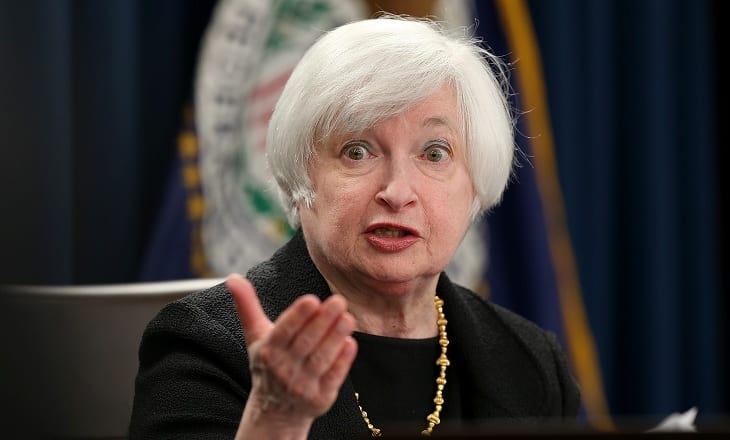The following article was written by Ipek Ozkardeskaya, Senior Market Analyst at FCA regulated broker London Capital Group Holdings plc (LON:LCG).

Ipek Ozkardeskaya, LCG
The Federal Reserve (Fed) Chair Janet Yellen said the last word on the US’ monetary policy outlook.
The ‘appropriate stance of policy is now closer to […] neutral’ according to Janet Yellen. Hence, the Fed shifted from boosting the economy posterior to subprime crisis to supporting growth over the medium/long term.
What does ‘neutral’ mean for the US markets?
‘Neutral’ means a hawkish shift for the Fed expectations.
The Fed officially described its policy outlook as ‘neutral’ for the first time. So far, the Fed maintained an accommodative stance in order to foster the economic recovery and make sure to give sufficient support to the markets to maintain the financial stability.
In fact, the Fed has been following a steeper rate strategy since Donald Trump won the presidential election on November 2016. The Fed fund rates have been raised by a total of 50 basis points in December and in March meetings.
The Fed is expected to proceed with two additional rate hikes in 2017. Several members voiced the possibility of three rate hikes, if the economic data warrants a steeper rate action.
In addition, the latest FOMC minutes revealed that the central bank is also set to start shrinking the size of its balance sheet before the end of 2017.
In the dirt of further details regarding the balance sheet reduction strategy, and given the actual rate tightening agenda, we believe that the Fed will unlikely bring the balance sheet tightening plan to life before the fourth quarter of 2017.
US dollar set to consolidate gains
The US dollar index appreciated more than 5% since November and the upside potential has likely not exhausted.
In fact, the Fed shifted to neutral from a multi-year dovish stance. The hawkish divergence between the Fed and the rest of the world is expected to widen the gap between the greenback and its G10 counterparts.
The US yield curve shifted significantly higher since November 2016. The 10-year yields surged past 2.60% before easing back to 2.30% level.
To us, the US’ unorthodox rate policy should push the 10-year yields to at least 2.80%-3.00% by the end of 2017 and pull the greenback gradually higher against its major counterparts.
The next rate hike would happen in June with 63% probability according to the pricing on the US sovereign markets.
